HowDoesaMagnetostrictiveLiquidLevelGaugeWork?|VideoExplanation
Understanding Magnetostrictive Level Measurement Technology
Magnetostrictive liquid level gauges represent sophisticated measurement instruments that deliver exceptional accuracy in industrial applications. These devices operate using a unique physical principle called magnetostriction, which enables precise detection of liquid levels in storage tanks, process vessels, and various containment systems. The technology's reliability stems from its non-contact measurement approach, eliminating mechanical wear components that typically degrade performance in other level measurement technologies. Industries ranging from chemical processing to oil and gas rely on these gauges for critical inventory management and process control applications where measurement precision directly impacts operational efficiency and safety.
The Core Working Principle: Magnetostriction Phenomenon
At the heart of magnetostrictive level measurement lies the magnetostriction effect - a property where ferromagnetic materials change their shape when exposed to magnetic fields. The gauge utilizes a specially designed waveguide wire made from magnetostrictive material, typically housed within a protective tube. When electrical current pulses are sent through this waveguide, they generate a circular magnetic field along its entire length. Simultaneously, a permanent magnet embedded within a float positioned at the liquid surface creates a second magnetic field. The interaction between these two magnetic fields produces a torsional stress wave that travels along the waveguide at ultrasonic speeds, enabling precise position determination of the float and consequently the liquid level.
Key Components and Their Functions
A magnetostrictive liquid level gauge comprises several critical components working in harmony. The waveguide assembly serves as the primary sensing element, constructed from precisely engineered magnetostrictive alloys. The magnetic float, designed to match the specific gravity of the measured liquid, moves freely along the waveguide while maintaining constant magnetic field strength. The electronics head houses sophisticated circuitry that generates current pulses, detects returning stress waves, and calculates precise time intervals. Additional components include process connections for tank installation, protective barriers for harsh environments, and signal transmitters that convert level data into standardized output signals for control systems and monitoring interfaces.
Step-by-Step Operational Process
The measurement sequence begins when the electronics head transmits a low-energy current pulse through the waveguide wire. This pulse travels downward at nearly the speed of light while creating a circumferential magnetic field around the waveguide. The magnetic field from the float's permanent magnet interacts with this circulating field, generating a mechanical torsional wave at the exact float position. This wave travels back along the waveguide to the sensing element in the electronics head. Precise electronic timers measure the exact interval between pulse transmission and wave detection, calculating the float position with remarkable accuracy, typically within millimeter resolution regardless of tank height or measurement range.
Signal Processing and Output Generation
Advanced signal processing techniques transform the raw timing data into usable level measurements. The electronics module employs sophisticated algorithms to filter environmental noise, compensate for temperature variations, and validate measurement integrity. The calculated level value is then converted into industry-standard output signals, most commonly 4-20mA analog signals, HART protocol, or various fieldbus digital communications. These outputs interface directly with control systems, distributed control systems (DCS), and supervisory control and data acquisition (SCADA) systems, providing real-time level information for process automation, inventory management, and safety shutdown systems.
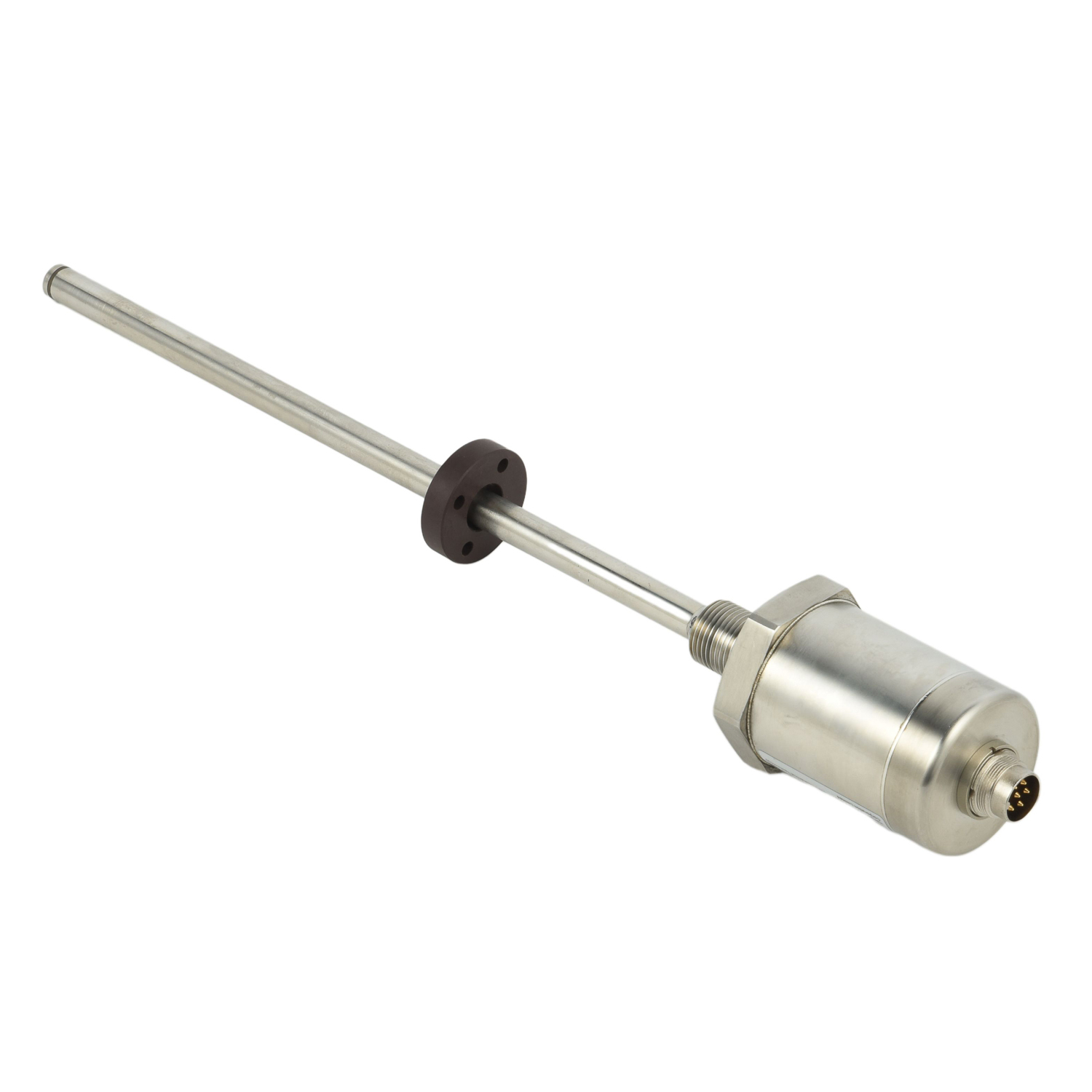
Advantages Over Alternative Technologies
Magnetostrictive liquid level gauges offer distinct advantages that make them preferable for demanding applications. Their non-contact measurement principle ensures virtually infinite resolution and repeatability without mechanical wear. The technology provides exceptional accuracy, typically ±0.05% of full scale or better, surpassing most competitive level measurement methods. With no moving parts in direct contact, these gauges deliver extraordinary long-term reliability and require minimal maintenance. Their immunity to density variations, dielectric constant changes, and process condition fluctuations makes them ideal for interface detection and precise measurement in complex process environments where other technologies often fail.
Common Industrial Applications
These sophisticated level measurement instruments find applications across numerous industries. In chemical processing plants, they accurately measure various solvents, acids, and base chemicals. The oil and gas industry utilizes them for tank farm inventory management, pipeline interface detection, and refinery process vessels. Pharmaceutical manufacturers employ magnetostrictive gauges for bioreactors and precision mixing vessels where sterile conditions and measurement accuracy are paramount. Additional applications include power generation, food and beverage processing, water and wastewater treatment, and any application requiring reliable, accurate, and maintenance-free liquid level measurement solutions.
Installation Considerations and Best Practices
Proper installation significantly impacts measurement performance and instrument longevity. The gauge should be mounted vertically, avoiding areas with excessive turbulence or direct inflow streams that could affect float stability. For tall tanks, guide wires or stabilizers may be necessary to prevent waveguide oscillation. Process connections must provide adequate clearance for float movement and potential removal during maintenance. Environmental factors such as temperature extremes, vibration, and potential chemical corrosion should inform material selection and protective housing choices. Regular calibration verification and proper grounding ensure ongoing measurement accuracy and system reliability throughout the instrument's operational lifespan.
Troubleshooting and Maintenance Guidelines
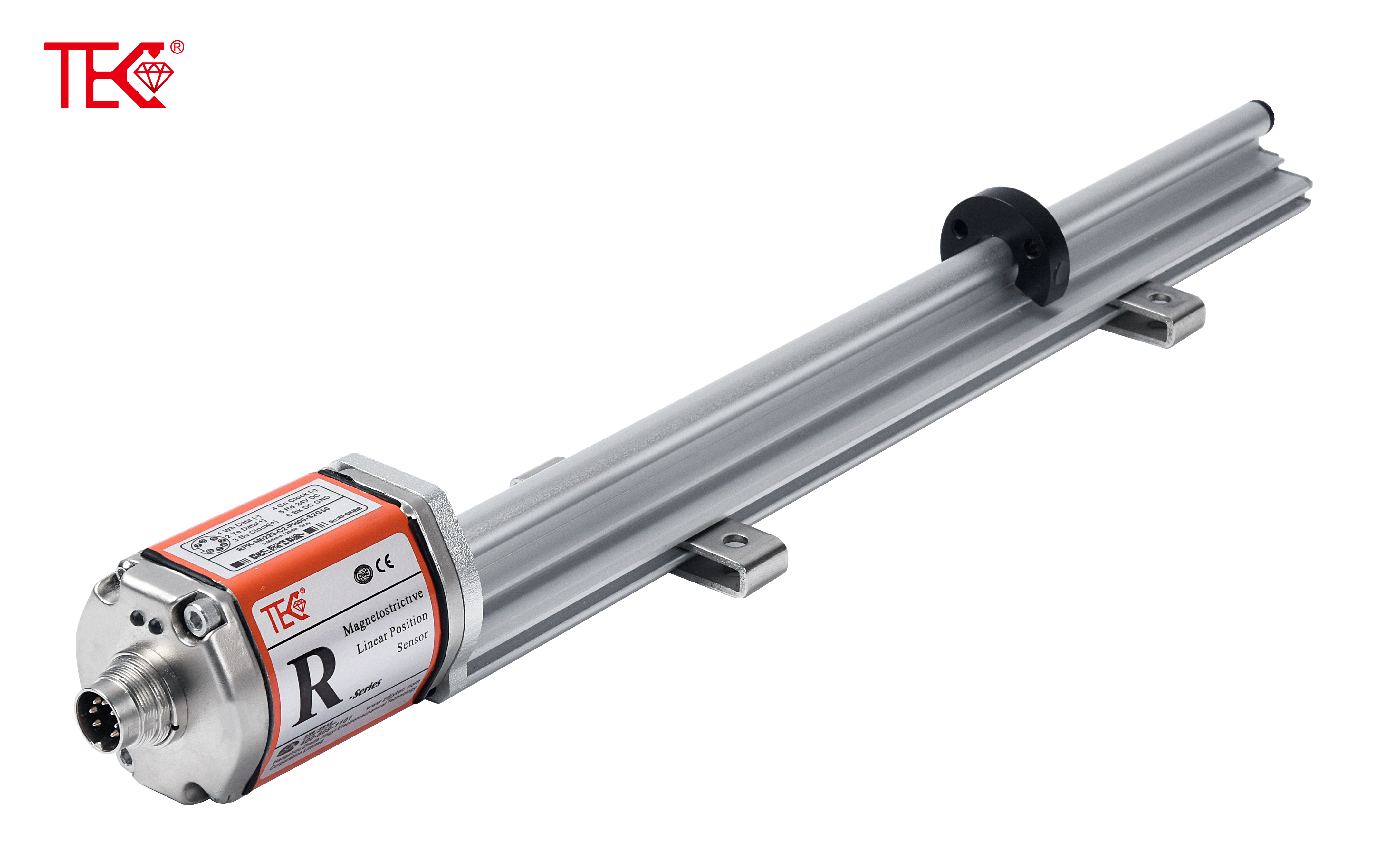
Despite their robust design, magnetostrictive level gauges occasionally require troubleshooting. Common issues include float sticking, often resolved by cleaning or replacing the float assembly. Signal abnormalities may indicate wiring problems or electronic module issues, typically addressed through diagnostic testing and component replacement. Regular maintenance should include visual inspection for physical damage, verification of float freedom, and calibration checks against known reference points. Most manufacturers provide comprehensive diagnostic tools that simplify troubleshooting and minimize downtime, ensuring continuous reliable operation in critical process applications.
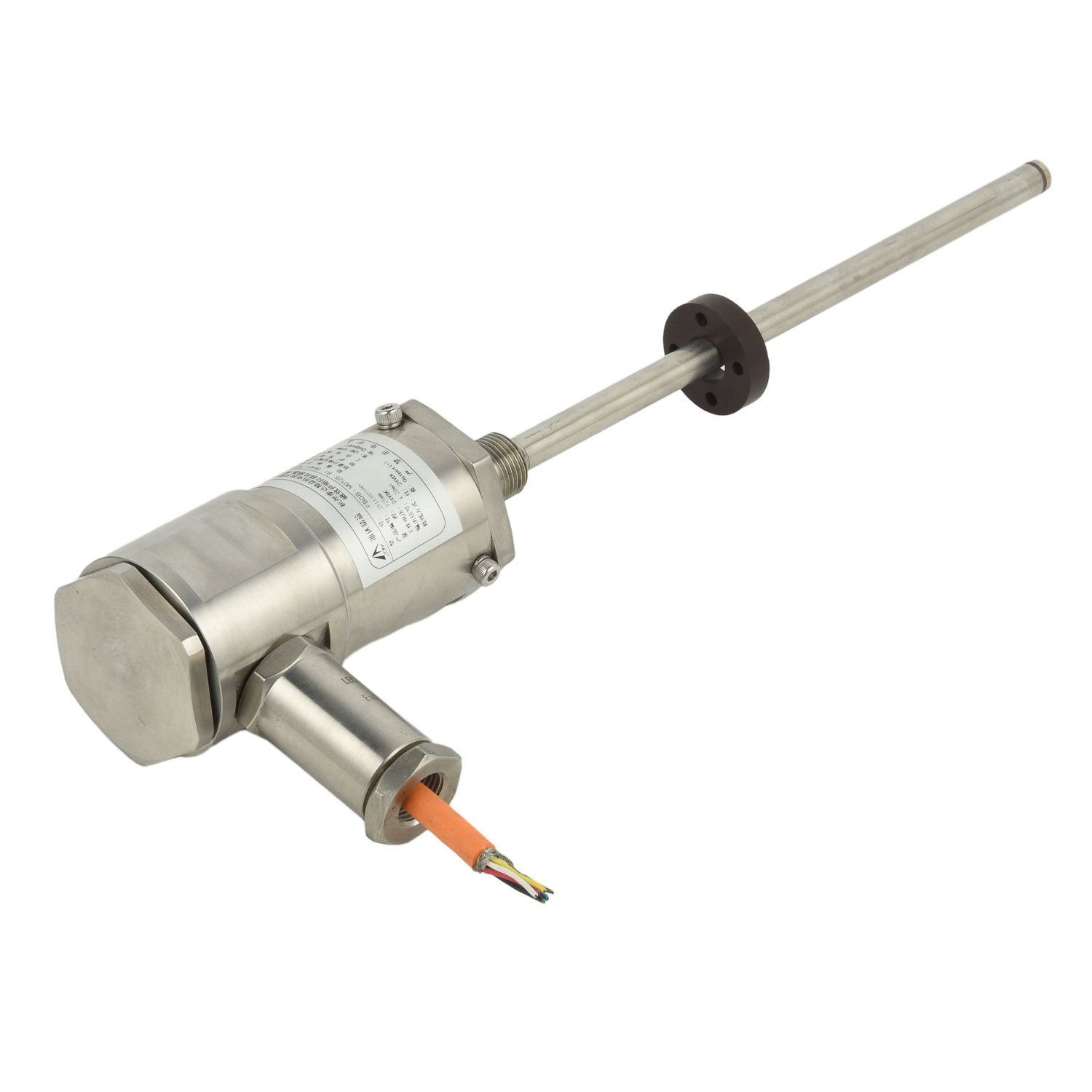 UpgradingYourLevelMeasurementS
UpgradingYourLevelMeasurementS
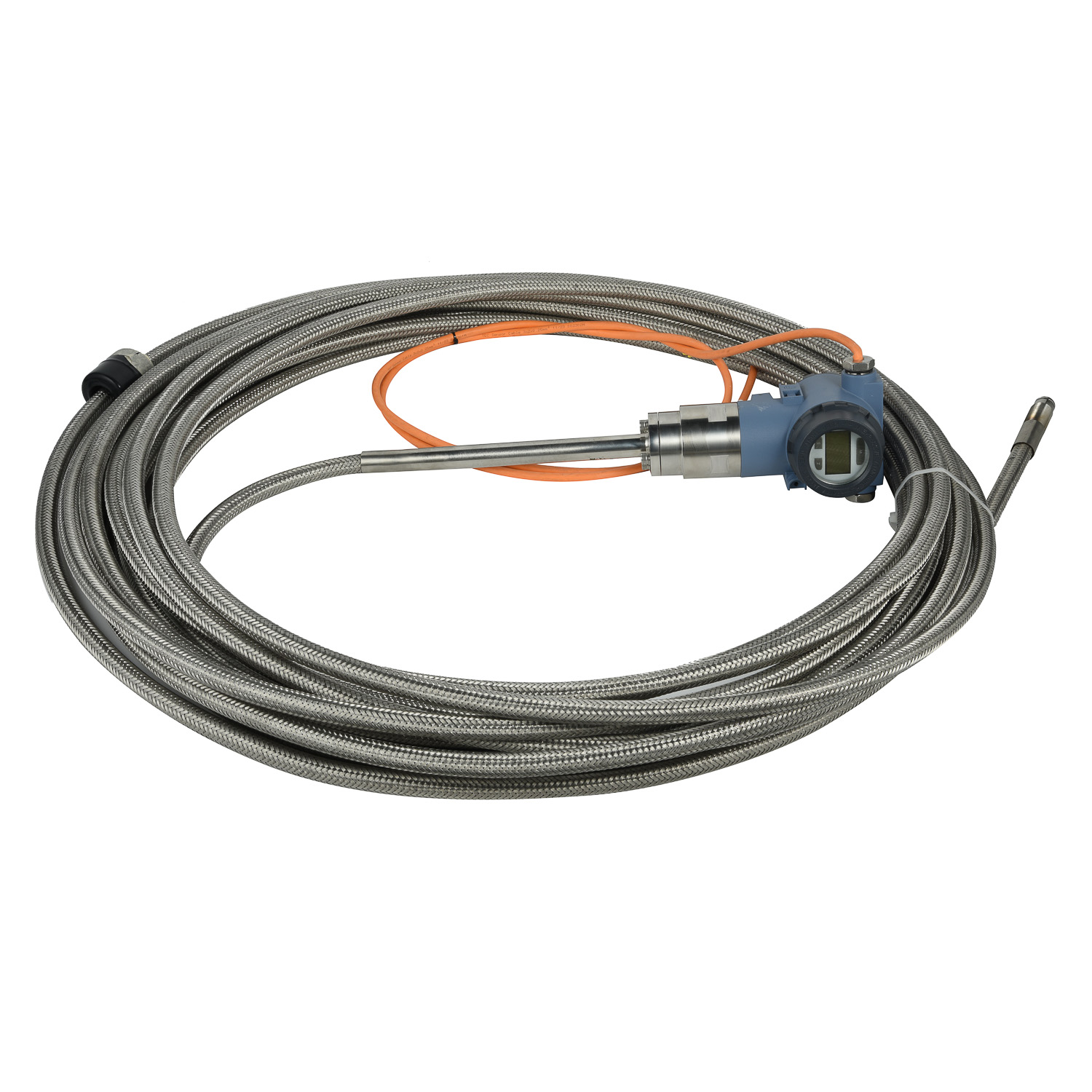 Why are magnetostrictive level
Why are magnetostrictive level
 ComparingMagnetostrictiveandRa
ComparingMagnetostrictiveandRa
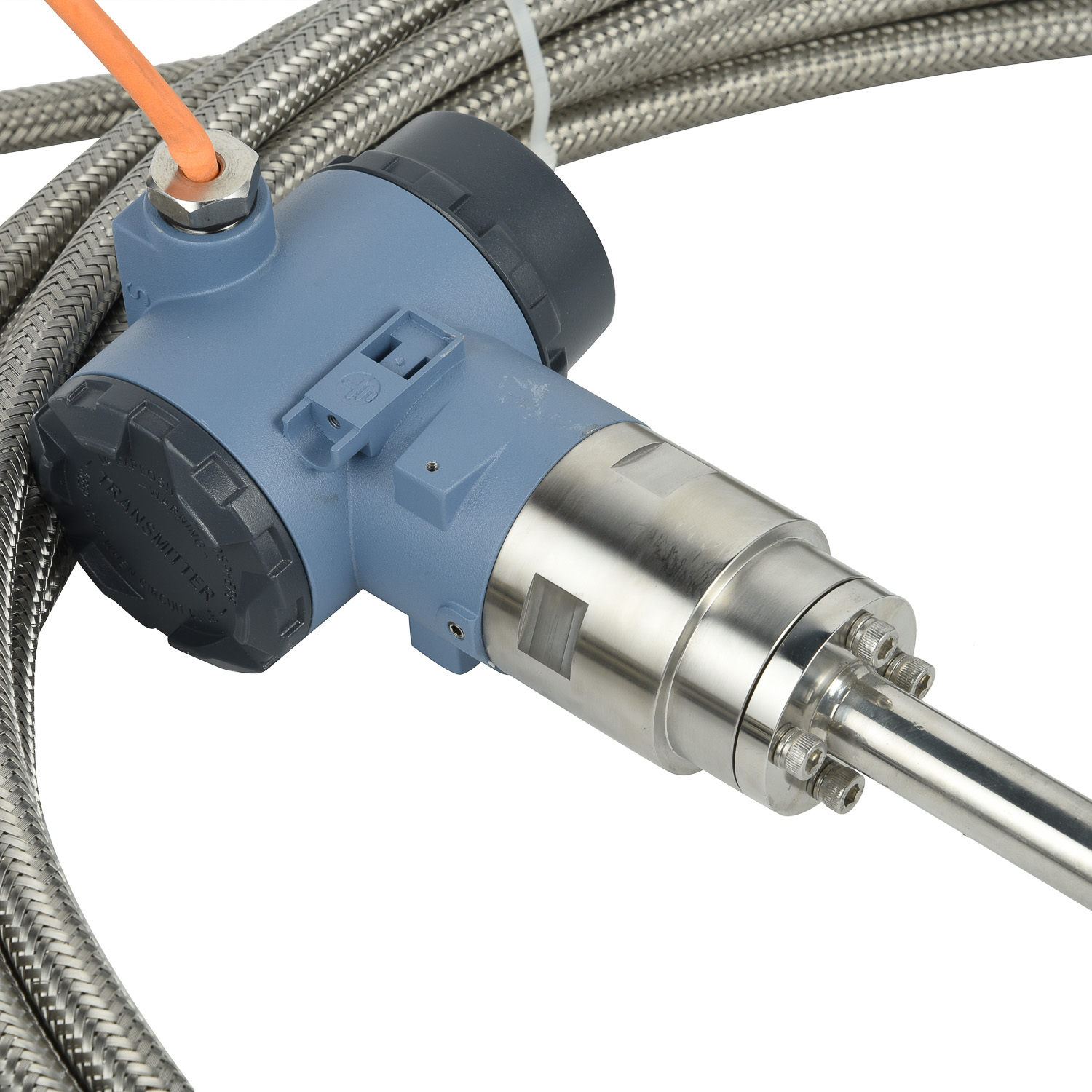 MagnetostrictiveLevelSensorfor
MagnetostrictiveLevelSensorfor
